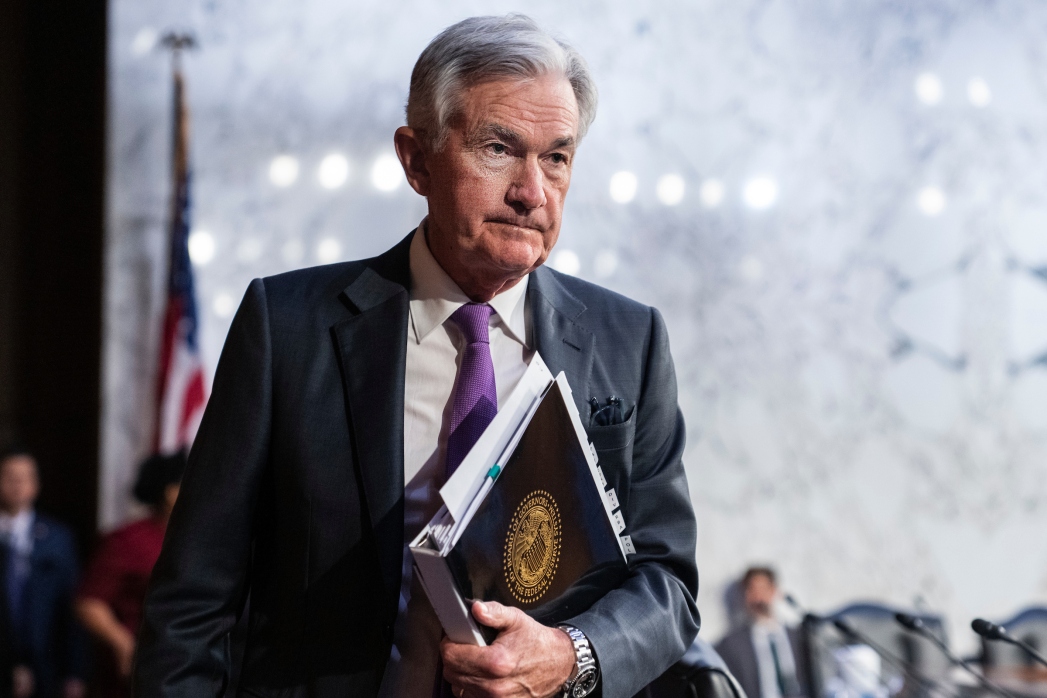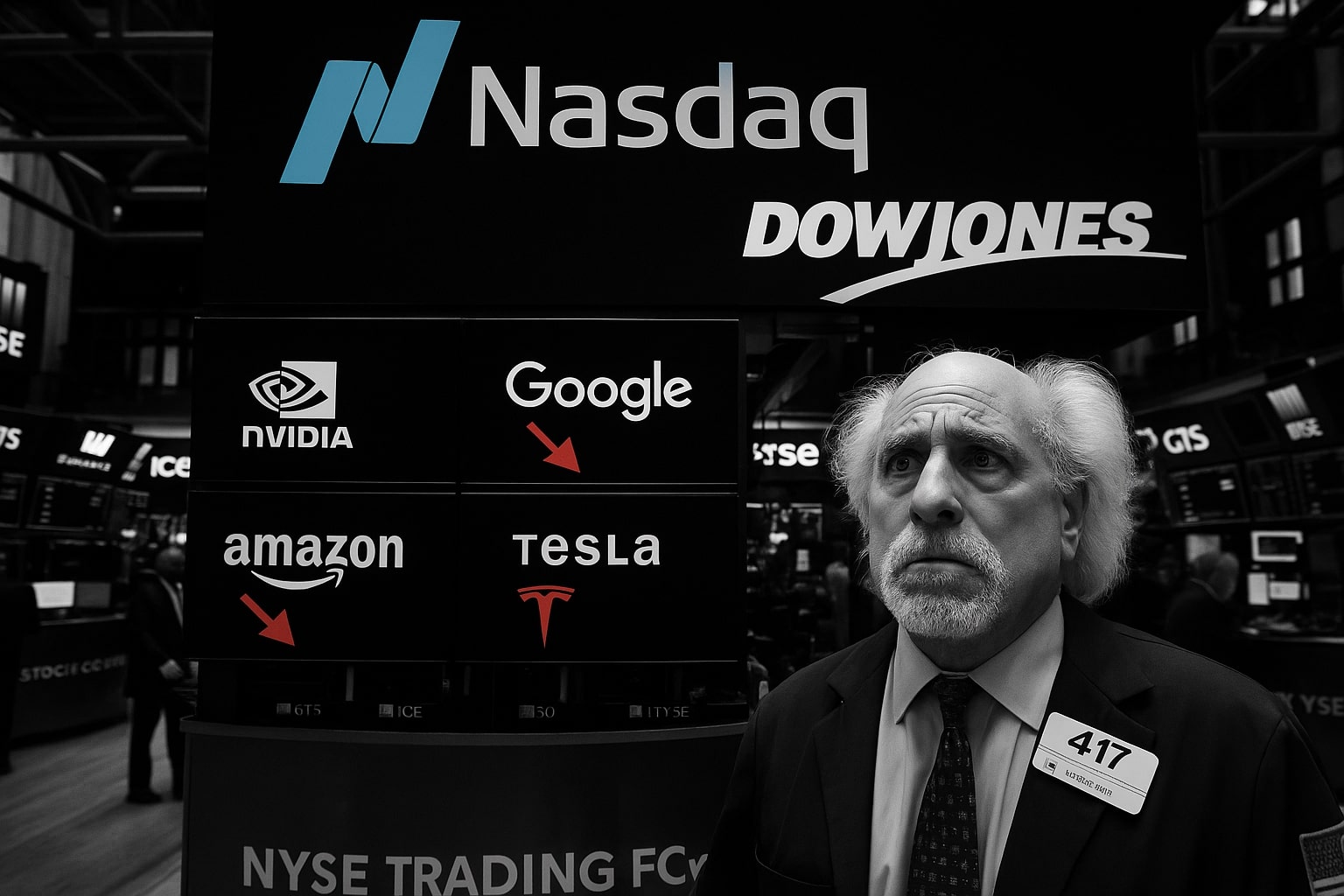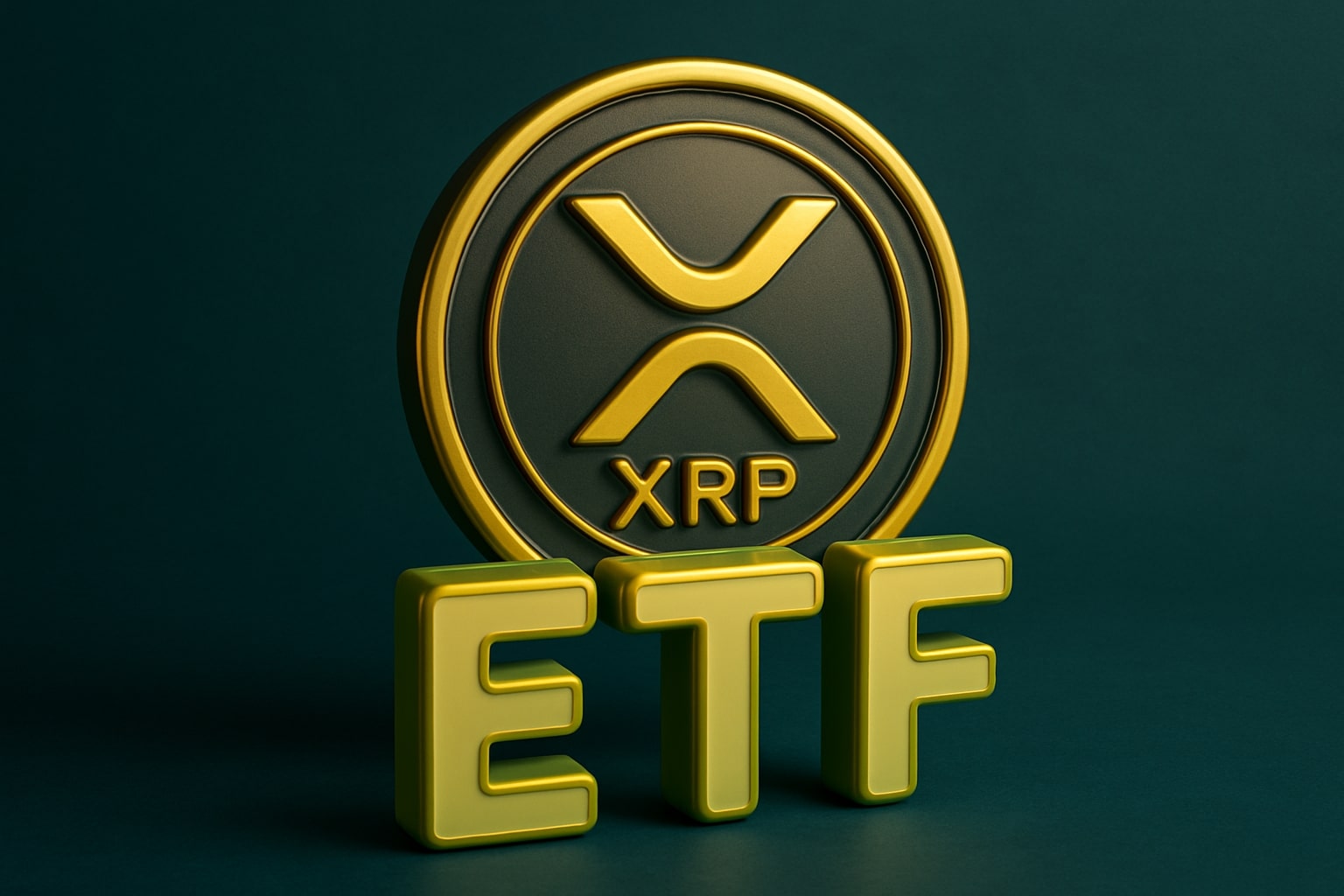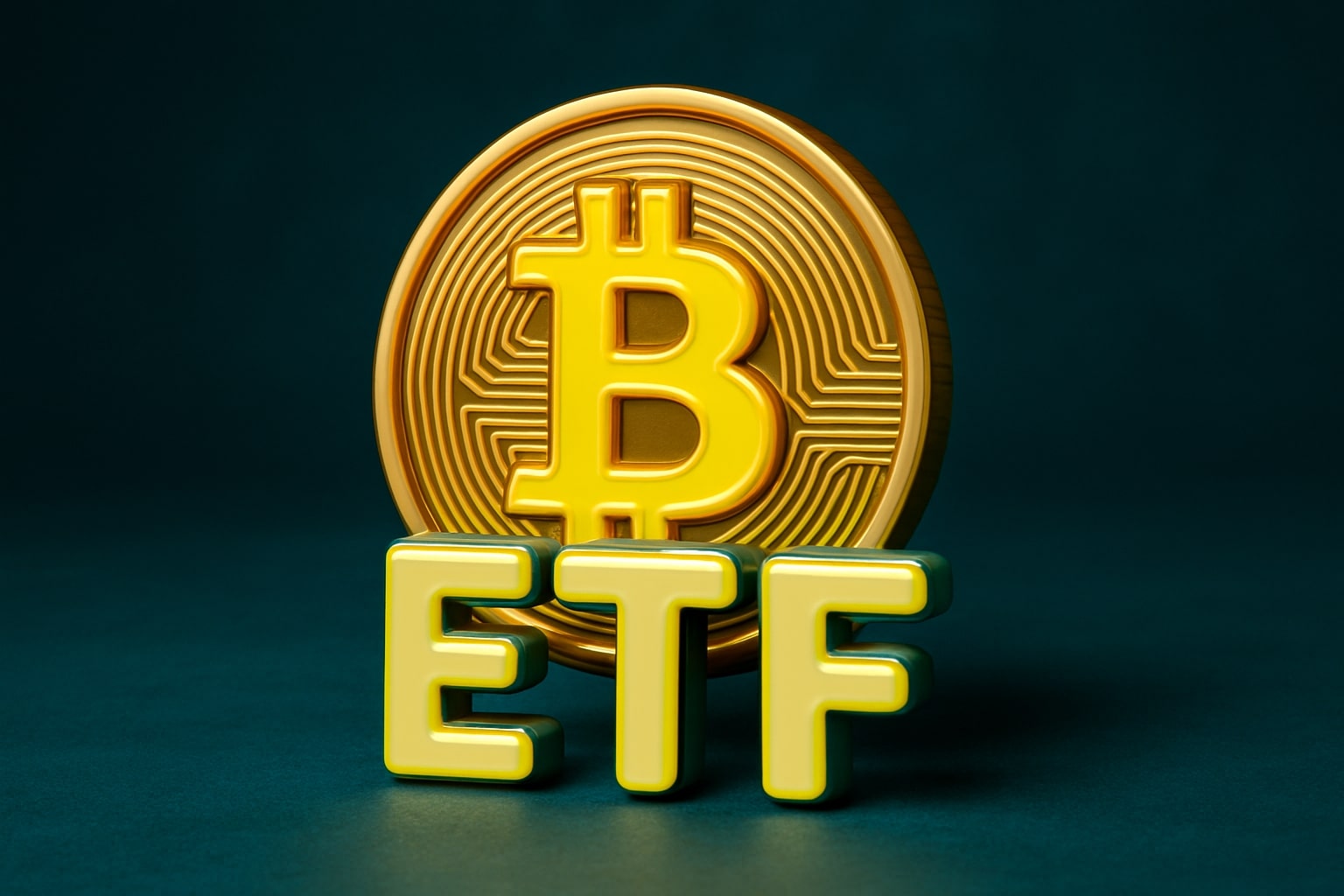
US Inflation Falls to 5%, Core Inflation at 5.6%: Fed Grapples with Persistent Core Inflation
As Overall Inflation Slows, Fed Focuses on Steady Core Inflation and Labor Market Data to Determine Future Interest Rate Decisions
In March, the US consumer price index (CPI) increased by 5% on an annual basis, lower than the anticipated 5.2%, and up 0.1% on a monthly basis, falling short of the expected 0.2%. Meanwhile, core inflation, which excludes volatile food and energy prices, remained steady at 5.6% annually and 0.4% monthly, aligning with economists' predictions. Although overall inflation has slowed down, core inflation remains a concern for the Federal Reserve as it continues to raise interest rates in its ongoing effort to lower inflation.
Housing emerged as the most significant contributor to price increases over the past few months, with a year-over-year rise of 8.2% and a 0.4% increase on a monthly basis. Rental prices increased by 0.45% compared to 0.8% the previous month, marking the lowest figure since March 2022. In contrast, energy prices decreased by 6.4% over the past year. Food prices remained stable in March, showing no changes over the last month, with home food prices decreasing by 0.3% but still increasing by 8.4% compared to the previous year.
In the labor market, 236,000 jobs were added in March, while the unemployment rate dropped 0.1% to stand at 3.5%. The addition of new jobs, although representing a slight cooling off of the market, demonstrates the resilience of the US economy. The Federal Reserve uses these job figures, in addition to inflation data, to determine the course of interest rate hikes.
Since June 2021, the Fed has increased interest rates nine consecutive times, raising them by a quarter point up to three-quarter points at a time. In March, the Fed raised rates by a quarter point to a range of 4.75% to 5%, following the collapse of Silicon Valley Bank (SVB). The Fed's next board meeting, scheduled for May 2 and 3, will reveal any upcoming interest rate increases.
The US dollar dropped 0.5% following the release of the inflation data, while yields on government bonds fell sharply—the yield on the two-year bond stood at 3.9%, and the yield on the ten-year bond fell to 3.35%. Meanwhile, oil prices jumped 1%, with a barrel of WTI oil surpassing $82 and approaching levels last seen in November.
Despite the slowdown in inflation, the Federal Reserve is unlikely to waver from its aggressive stance on raising interest rates. With core inflation remaining steady, the central bank will continue to monitor various data points, such as the impact of credit tightening on the economy, to determine the appropriate course of action.
As the Fed continues its battle against inflation, it will need to balance the potential risks of raising interest rates too quickly, such as exacerbating a potential recession, against the benefits of curbing inflation. The upcoming board meeting in May will provide further insight into the Fed's plans for future interest rate hikes and its overall strategy for addressing inflation.
Read More
-
JBND ETF Stabilizes Near $54.16 as Cooling Real Yields and Firm Credit Spreads Fuel a Stronger Outlook
13.11.2025 · TradingNEWS ArchiveStocks
-
XRPC ETF Roars Out of the Gate With $26M as XRPI at $13.51 and XRPR at $18.98 Lead a New XRP ETF Market Cycle
13.11.2025 · TradingNEWS ArchiveCrypto
-
Natural Gas Price Surges Toward Multi-Year Highs as $4.60 Breakout Collides With Winter Demand
13.11.2025 · TradingNEWS ArchiveCommodities
-
USD/JPY Price Forecast - Yen Surges Toward 155.00 as BoJ Uncertainty and U.S. Data Backlog Ignite a High-Risk Breakout
13.11.2025 · TradingNEWS ArchiveForex


















